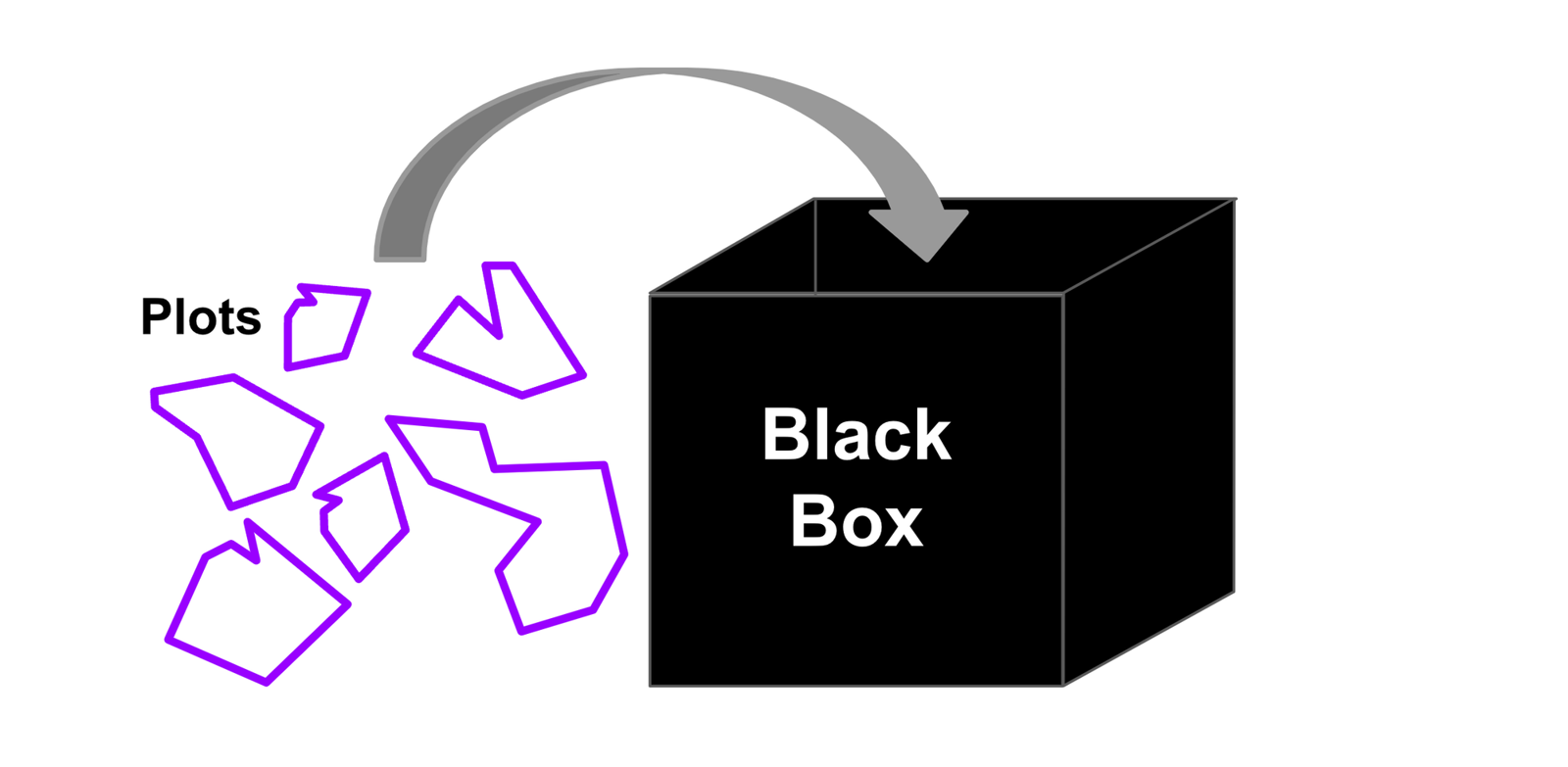What is NOT going to be effective EUDR due diligence
EUDR Due Diligence technology needs to be appropriate, scaleable, and affordable, so why are so many companies thinking about investing in the latest fads? Leo Bottrill explains the pitfalls of buzzy but inappropriate tech and how tried and tested tools offer the best path forward.

Many years ago, I worked at a new national park in Central Vietnam. When I first arrived, I saw that under the park headquarters were the dusty wrecks of two expensive Yamaha dirt bikes. I was told they were donated as part of a lavishly funded but now defunct conservation project. The bikes fell into disrepair because no one locally had the spare parts or the knowledge how to fix them.

If the project runners had done a little research, they would've learned that a Belarusian dirt bike called a Minsk - costing about 400 bucks - was owned by every local farmer and formed the backbone of the rural economy. At my previous park job in Vietnam, that's what I bought and what my national park counterparts drove. The Yamahas were simply the wrong tool for the job.
Here come the Yamahas!
Whether dirt bikes or forest monitoring software, technology has to be appropriate, scaleable, and affordable. As we enter the business end of EU Deforestation Regulation (EUDR), palm oil companies are being barraged by different options for how to monitor their supply chains and meet due diligence requirements. I have been looking at these technology options, and I am seeing a few too many Yamahas. If companies go that route, they risk buying expensive proprietary software before asking if it is the right tool for the job? So ahead of our upcoming EUDR webinar (sign up here!), where we will talk about our approach to EUDR due diligence tech, I want to first explain what tools are NOT likely to work.
Proprietary algorithms

Minsk motorbike owners love to customize their bikes. I gave mine a cool black and yellow, bumblebee paint job and swapped the subpar standard shocks for newer Honda ones. There was much experimentation and debate on what combination of parts made the best motorbike. Forest monitoring algorithms are similar. Algorithms like RADD and GLAD are subject to independent, rigorous peer review. They receive a lot of criticism from proprietary service providers, but that type of review is a strength. It is important to know their strengths and weaknesses and take that into account when using them for analysis. That analysis is then easy to independently verify because the data is open and well understood. Companies and indeed the EU would therefore get more value for money by supporting further development and refining of open monitoring algorithms like RADD and GLAD and making alerts freely available.
Blockchain

Another reason the Yamahas at the park fell into disrepair was some of the original parts were stripped, sold, and then replaced with cheap knock-off parts. The bikes quickly broke down. Blockchain applications to the EUDR could meet a similar fate. The old argument against blockchain technology is that they are only as good as the data that goes into them. Garbage in and garbage out, as the saying goes.
The companies promoting blockchain have clearly not been on the frontline of deforestation monitoring nor read about the unscrupulous land transactions still present in palm oil supply chains. Blockchain solutions are not a substitute for transparency. While blockchain can help show that data hasn’t been tampered with or modified for due diligence, we still need to review the data. Blockchain software needs to be open source and independently reviewed. And if it is proprietary, you are placing trust in a vendor, not in a technology.
Automated box ticking

I have no idea what led the previous project to buy such expensive and inappropriate bikes, but they were state of the art, and they had the money. I fear this is what will lead many companies into selecting new fangled tech in the hopes of automating compliance checks. There is one big problem. Analyzing plots is the easy part of due diligence.The notion that you simply analyze a plot and if you don't detect any deforestation then you are good to go, is a vast oversimplification. Automation with something like AI does not tell you if the plot boundary is wrong, the owner has mulitple suspensions against them, and or its relationship with downstream facilities. It also can’t tell you if there has been labor or human rights violations, because these are not visible.
Think like a Vietnamese farmer

Companies entering the forest monitoring world need to think like a Vietnamese farmer. Vietnamese farmers used Minsks because they were an inexpensive, functional, repairable, motorbike for ferrying their crops and livestock along muddy tracks. Similarly, EUDR compliance is also going to be a messy business, involving collecting information from the remote reaches of the Indonesian archipelago to the Amazon rainforest. There is no quick high tech fix, so Palmoil.io plans to invest in open data, open tech, interoperability, and partnerships with groups with real know-how. If companies just invest in the latest shiny thing, they will spend a ton of money but end up like those rusting Yamahas in the park headquarters, not going anywhere.
If you want to learn more about our plans, please sign up for out webinar on Wednesday, June 21 at 9am ET.

